Ag1 - lights, Ag2 - arresting hook, The wings fold up automatically
The General Dynamics F-111 Aardvark is a retired supersonic, medium-range, multirole combat aircraft. Production models of the F-111 had roles that included attack (e.g. interdiction), strategic bombing (including nuclear weapons capabilities), reconnaissance and electronic warfare. Aardvark comes from a South African animal that has a long nose and hugs the terrain. It is an Afrikaans word that translates literally as "earth pig" — hence the aircraft's "Pig" nickname during its Australian service.
Developed in the 1960s by General Dynamics under Robert McNamara's TFX Program, the F-111 pioneered variable-sweep wings, afterburning turbofan engines, and automated terrain-following radar for low-level, high-speed flight. Its design influenced later variable-sweep wing aircraft, and some of its advanced features have become commonplace. The F-111 suffered problems during initial development, largely related to the engines. A fighter variant intended for the United States Navy, the F-111B, was canceled before production; it was intended for aircraft carrier-based roles, including long-range interception. Several specialized models, such as the FB-111A strategic bomber and the EF-111A electronic warfare aircraft, were also developed.
Specifications
Spotlights
- Trainz448 6 months ago
- B1BLancer 6 months ago
- NormalCv580enjoyer 6 months ago
- SPTNR 6 months ago
General Characteristics
- Created On Windows
- Wingspan 50.8ft (15.5m)
- Length 62.1ft (18.9m)
- Height 14.1ft (4.3m)
- Empty Weight N/A
- Loaded Weight 19,482lbs (8,837kg)
Performance
- Power/Weight Ratio 0.692
- Wing Loading 2.9lbs/ft2 (14.1kg/m2)
- Wing Area 6,759.1ft2 (627.9m2)
- Drag Points 8709
Parts
- Number of Parts 277
- Control Surfaces 0
- Performance Cost 1,624

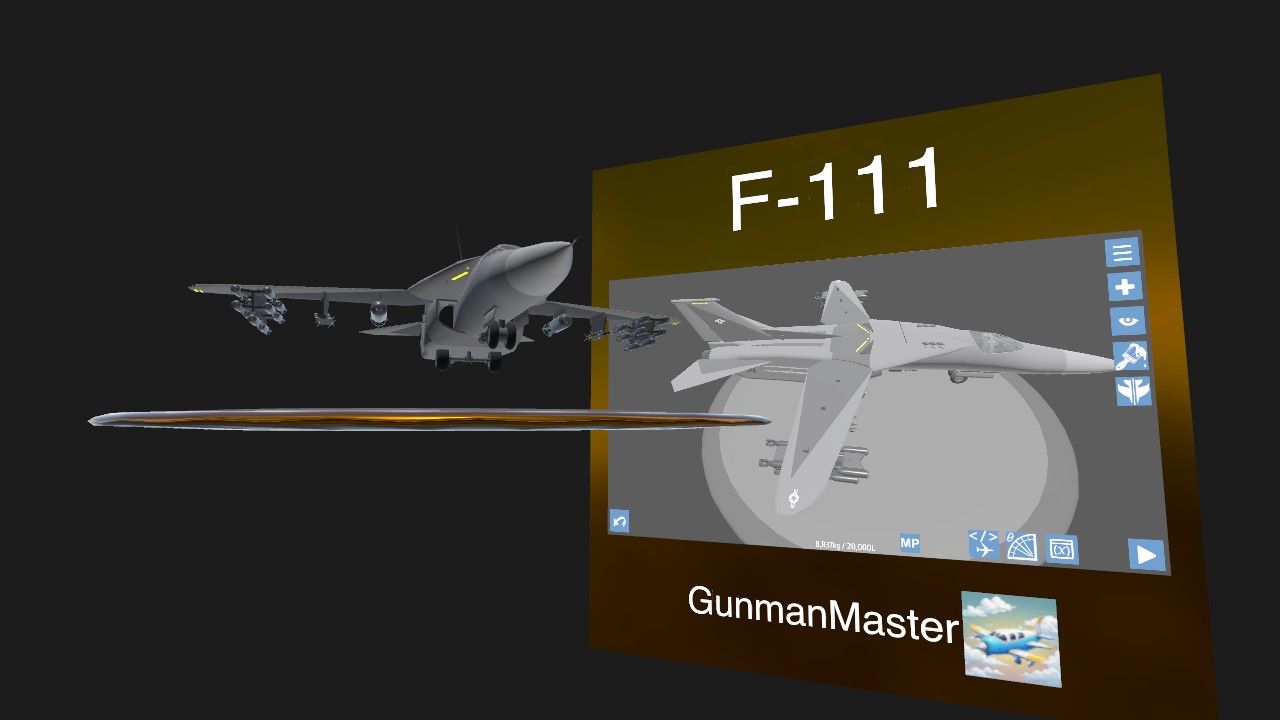
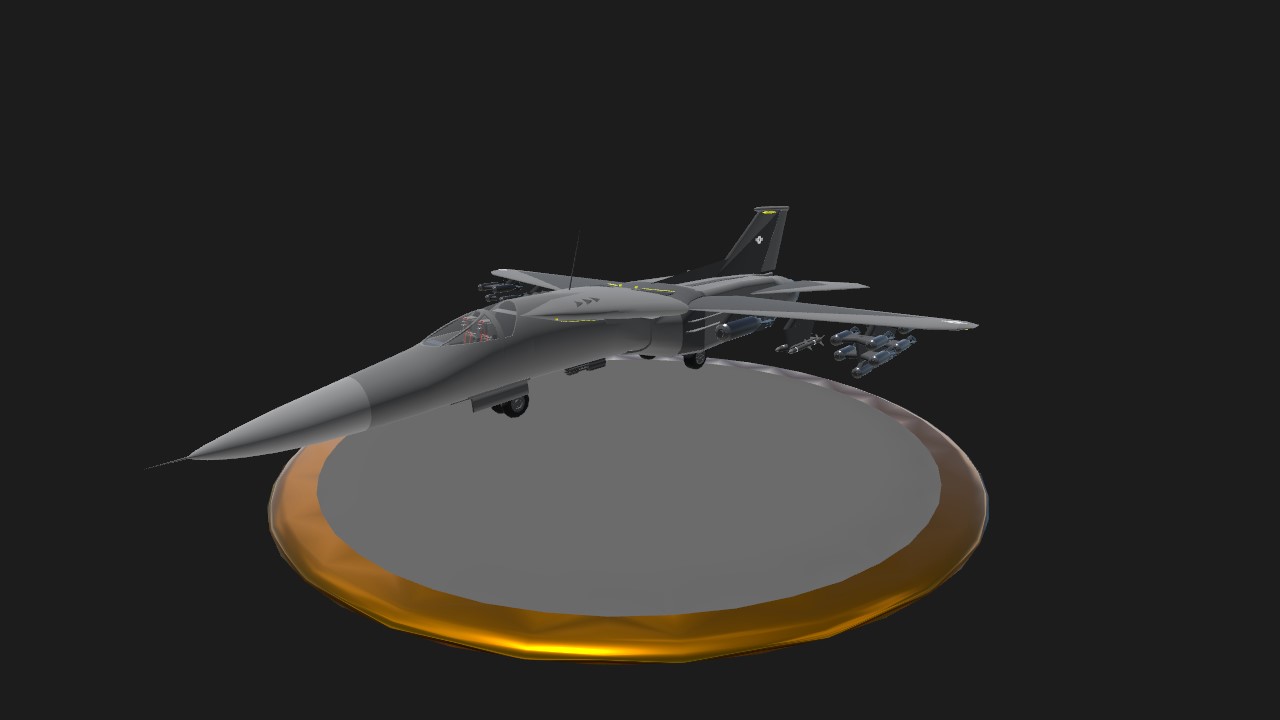
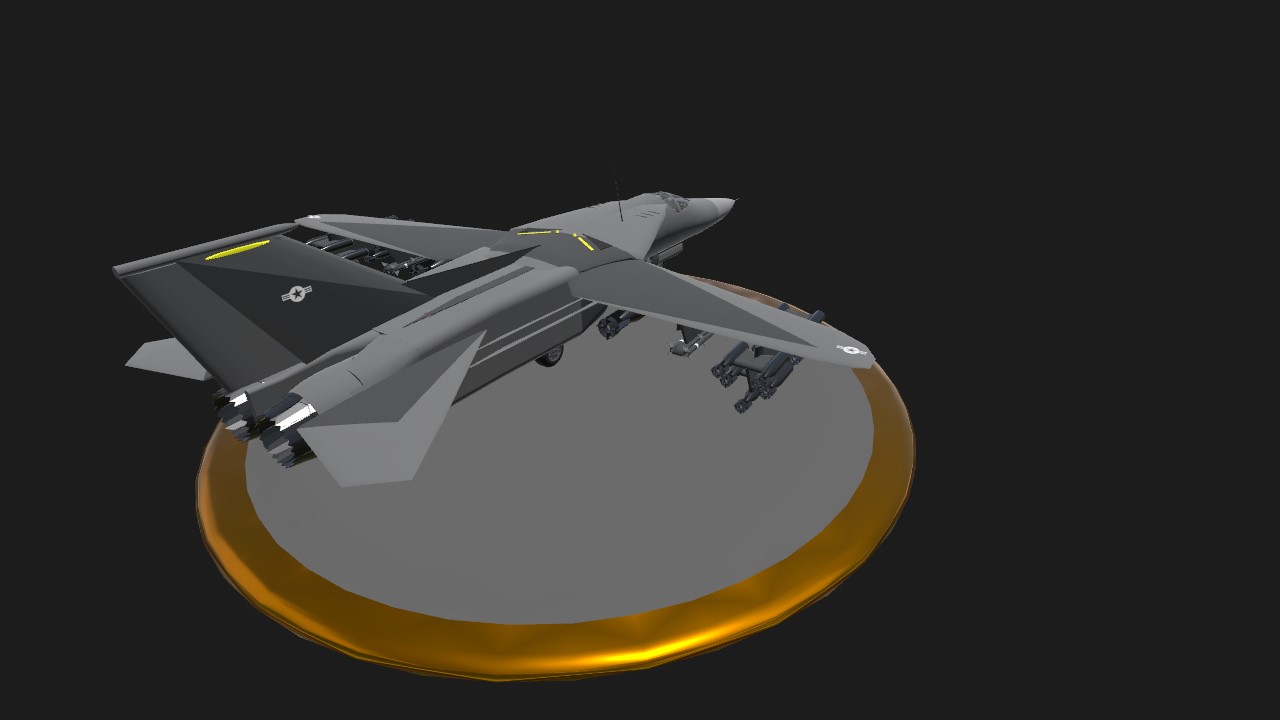
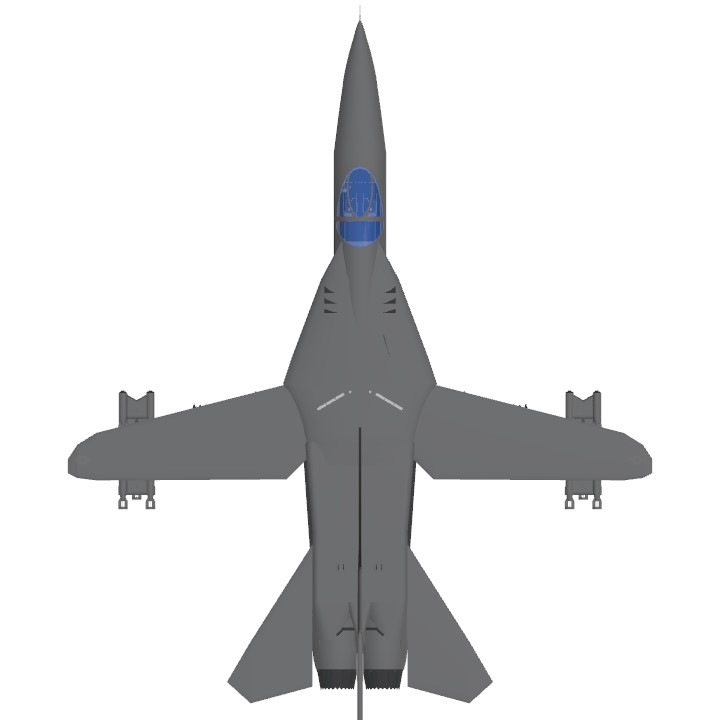
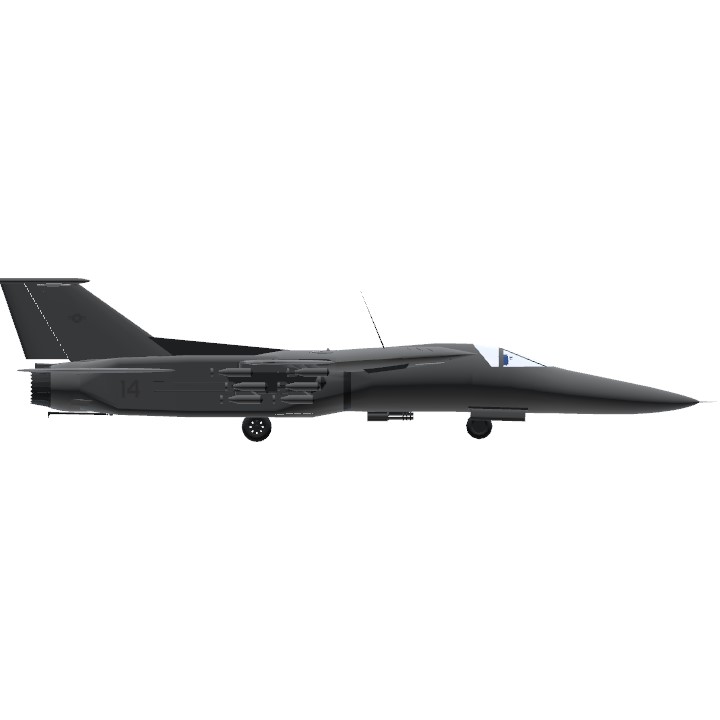
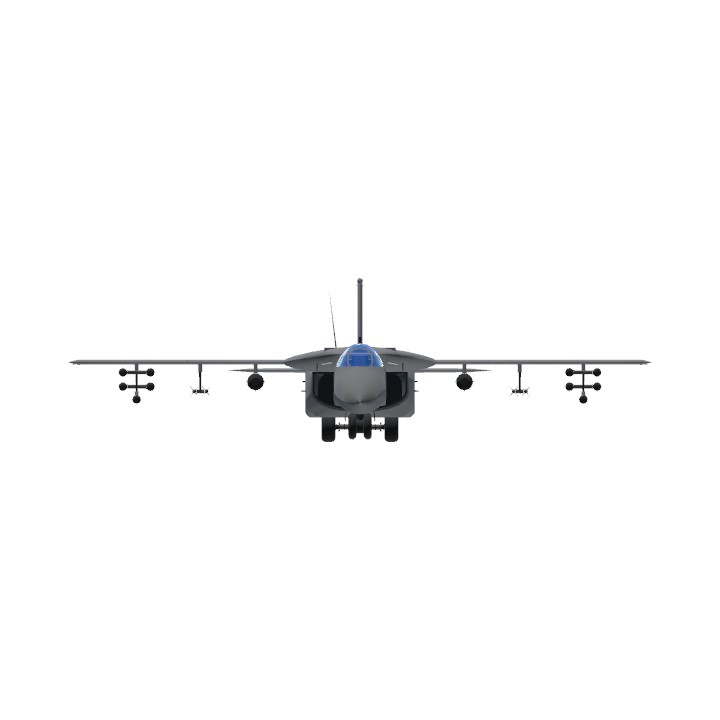
@GunmanMaster Damn! Nice job!
@Trainzo tnx :)
@SPTNR oh, yeah 😎
Bro have designerupdate
Nice plane .